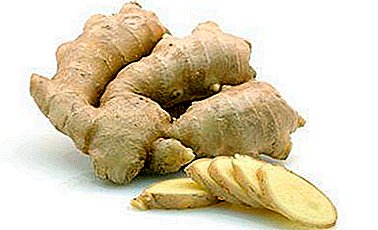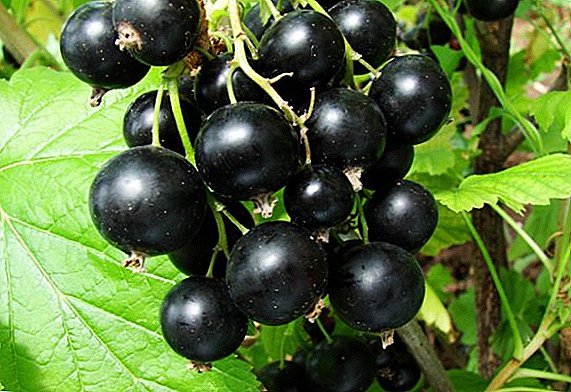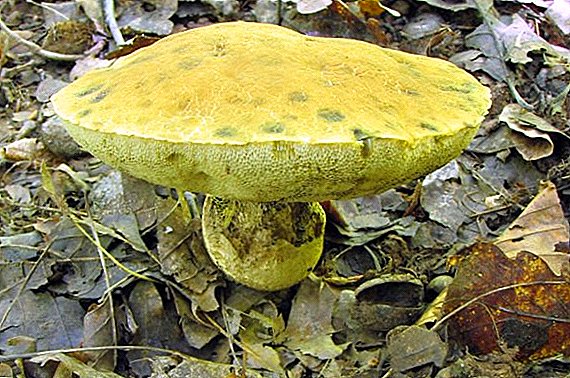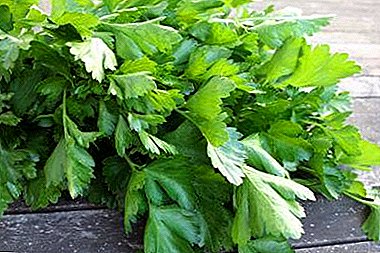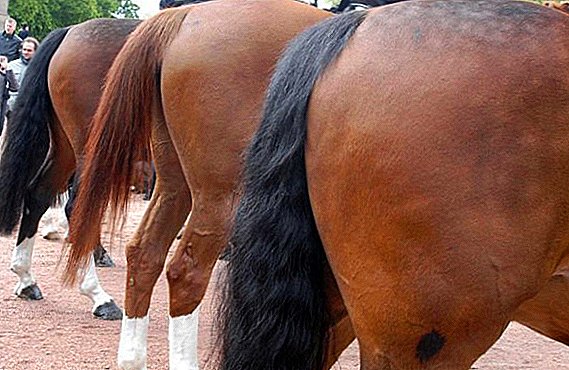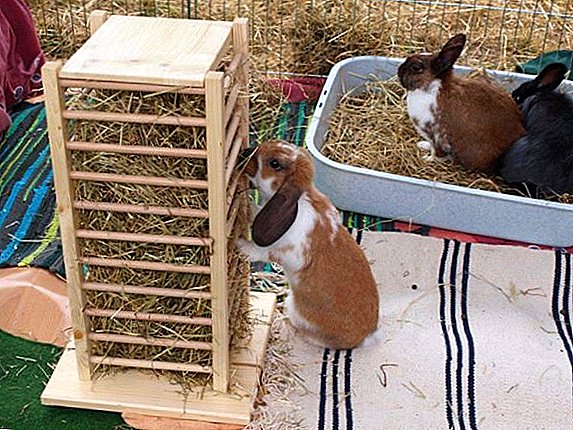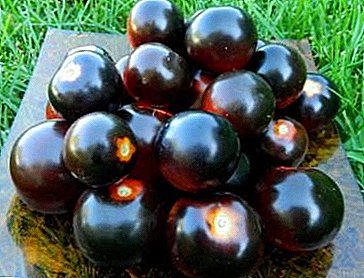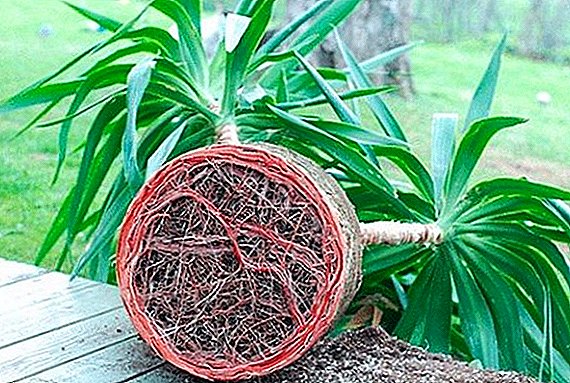 Yucca is a heat-loving plant that grows in natural conditions with strong droughts and can transform into a giant tree. It is easy to grow this plant at home, but uyuks exist diseases that can affect it, and it is important for every gardener to know how to deal with them.
Yucca is a heat-loving plant that grows in natural conditions with strong droughts and can transform into a giant tree. It is easy to grow this plant at home, but uyuks exist diseases that can affect it, and it is important for every gardener to know how to deal with them.
Yucca diseases: prevention and treatment
The yucca plant is not at all demanding on the nutritional value of the soil and the regularity of watering, since it is the excess of moisture that often leads to the appearance of diseases in the plant. Let's get acquainted with the measures to combat the most common of them.
Yucca does not bloom
In nature, the tree plant Yucca blooms every summer with panicles of inflorescences of different colors. However, not all professional growers manage to achieve flowering of yucca., and even in greenhouses, they rarely bloom, since it is important for this plant to create as close to natural conditions as possible. But since in the apartment we cannot ensure a long light day and the optimum temperature, we only have to admire the luxurious crowns of this plant. 
Did you know? Very often for the appearance of flowers have to care for yucca for 4-5 years. Experienced growers are advised not to remove faded lower leaves from the plant, since such excessive care, which is not typical for natural conditions, does not allow it to feel comfortable and flourish.
Bacterial burn
Bacterial burn of yucca leaves is rare, but it can completely affect the entire plant. With this disease, small spots appear on the yucca, which at first have a yellowish color, but eventually turn black.
 The spread of the pathogen of this disease occurs when the humidity is above 70% and the temperature is above 18 ° C. However, yucca's resistance to a bacterial burn is maintained in cases where pure, treated soil and pots are used to plant it, contact with other plants is minimized. It should be understood that insects can be the source of the burn, and yucca can be infected through damaged leaves and roots.
The spread of the pathogen of this disease occurs when the humidity is above 70% and the temperature is above 18 ° C. However, yucca's resistance to a bacterial burn is maintained in cases where pure, treated soil and pots are used to plant it, contact with other plants is minimized. It should be understood that insects can be the source of the burn, and yucca can be infected through damaged leaves and roots.
It is almost impossible to cope with a bacterial burn, therefore, with a strong spread of yellow-brown spots on yucca leaves, it should be thrown away. If the spots appear on several leaves, they are removed, and the whole plant is sprayed with bordeaux liquid or antibiotics for prophylaxis, among which you can stop at streptomycin.
Brown spots on leaves
If the leaves on the plant begin to not just turn yellow and fall off, but the yellowness appears on them in the form of spots and rapidly gains new areas - most likely it is a brown spot on the yucca. If time does not resort to treatment, the leaves will begin to turn black and crumble. The reason for the development of such a disease on a yucca plant is the lack of watering. The plant does not like overmoistening, however, if the earth lump in the pot is too dry, the yucca will begin to dry out.
 To prevent brown spots on yucca leaves, the room in which the plant stands is important to air regularly and avoid increasing humidity, but watering should be very abundant, although not frequent. Make sure that the temperature in the room does not change. If the spots have already appeared, then in addition to changing the growing conditions, the yucca will require special treatment with fungicides, including You can use these drugs:
To prevent brown spots on yucca leaves, the room in which the plant stands is important to air regularly and avoid increasing humidity, but watering should be very abundant, although not frequent. Make sure that the temperature in the room does not change. If the spots have already appeared, then in addition to changing the growing conditions, the yucca will require special treatment with fungicides, including You can use these drugs:
- Oxyh (20 g of water per 10 liters);
- Alirin-B (for 1 l of water 2 tablets of the drug);
- Vitaros (2 ml of substance are used for 1 l of water).
Brown edges and leaf tips
A similar symptom often develops in cases when the air is dried out in rooms due to the operation of heating devices. Some species of yucca can tolerate such a phenomenon quite firmly, but most of them begin to dry out. In order to avoid yellowing leaves of yucca on the edges and tips, try to increase the humidity of the air due to regular spraying of the plant. At the same time, it is not worthwhile to increase irrigation, as over-wetting can cause root rot.
Important! Another reason for drying the edges and tips of the leaves of yucca can be the wrong content, in which the plant is exposed to frequent drafts, and an insufficient amount of moisture. In this case, try to rearrange the pot with yucca and change the regularity of watering.
Gray leaf spot
The symptoms of this disease are very noticeable, although they develop gradually: on the leaves there is either a point necrosis, or light spots appear on the edges of the leaves of the yucca. At the same time, all gray spots have characteristic brown edges. The most common gray spots are old leaves that are in the lower part of the plant.
Since the causative agent of gray spot is a fungus, it is almost impossible to cope with it in case of a severe lesion. The leaf-covered leaves are simply removed, and the whole plant is treated with Fundazol. To avoid this, treatment with this fungicide can be carried out regularly, but it is important to avoid spraying yucca with plain water.
Stem and root rot
 The treatment of such diseases of yucca as stem and root rot is not possible, because with their manifestation the plant is overly affected and can no longer recover. Characteristic signs of stem rot are a substantial softening of the tree-like stem, as well as the appearance of bright red color ulcers on it.
The treatment of such diseases of yucca as stem and root rot is not possible, because with their manifestation the plant is overly affected and can no longer recover. Characteristic signs of stem rot are a substantial softening of the tree-like stem, as well as the appearance of bright red color ulcers on it.
When root rot watery spots appear on the root system of the plant, with the result that the internal tissue of the roots begin to gradually decay. This disease manifests itself on the upper part of the plant, on the leaves of which spots are formed, covered with dark spores. Fortunately, this does not happen often, and the plant becomes infected during transport.
For the prevention of stem and root rot is recommended:
- when planting and replanting yucca, sterilize the soil mixture and pots;
- prevent overmoistening of the soil;
- to provide at the bottom of pots with yucca good drainage.
How to deal with pests yucca?
Yucca fungus and bacterial diseases - this is not the worst thing you may encounter when growing this plant. Often it is also exposed to various pests that can not only spoil the decorativeness of the yucca, but also lead to its extinction.
Did you know? Yucca is a plant that loves heat, so even in winter it is necessary to ensure a good temperature in the room, but at the same time reduce the amount of watering so as not to cause decay.
White fly
 We are talking about an insect that feeds on succulent leaves of yucca, or rather, only their juice, which leads to the appearance of dead areas on the plant. If you look closely at this plant, you can see very small white flies, this is the whitefly.
We are talking about an insect that feeds on succulent leaves of yucca, or rather, only their juice, which leads to the appearance of dead areas on the plant. If you look closely at this plant, you can see very small white flies, this is the whitefly.
There are many methods of fighting this insect:
- Hang in close proximity to the plant yellow stickies for catching ordinary flies.
- Use for spraying the plant insecticide, which is ideal drug Aktara. To obtain a solution in 5 liters of water, dilute 4 g of the substance.
- Treat the affected plant with Akarin, Iskra-Bio, Inta-Vir, Fitoverm. To completely eliminate the pest will require at least 4 treatments, the interval between which should not exceed 10 days.
Shatter-pan
The pelletizer also feeds on the cell sap of yucca, so with intensive reproduction this parasite can completely destroy the plant. You can make sure that the yucca was really struck by the false shield, you can on the tubercles and waxy droplets on the plant, as well as discoloration of the affected areas.
It is rather difficult to fight against false shelling, as wax-like shields are present on the surface of the pest's body, because of which they steadily tolerate treatment with insecticides. Therefore, in the fight against this pest, yucca is recommended to use:
- common alcohol;
- water-oil emulsions;
- replacement of topsoil in a pot with yucca.
Spider mite
 The spider mite also feeds on the sap of houseplants, and in this aspect yucca is especially attractive to him. When this parasite appears on the lower part of the leaves of the plant, there will appear light grains, and then a cobweb. Over time, the leaves affected by spider mites, lose their color and begin to gradually become covered with yellow spots.
The spider mite also feeds on the sap of houseplants, and in this aspect yucca is especially attractive to him. When this parasite appears on the lower part of the leaves of the plant, there will appear light grains, and then a cobweb. Over time, the leaves affected by spider mites, lose their color and begin to gradually become covered with yellow spots.
A peculiarity of spider mites is that it only affects weakened plants on which diseases can be present. Therefore, the most effective prevention of this pest is the proper care of the plant and its maintenance in optimal conditions.
But if the spider mite has already appeared on the yucca, the plant should be washed with cold water to wash off the pest. Also require treatment with acaricides - Vertimek or Fitoverma. The minimum number of treatments - three, each of which should be carried out with a break of 10 days.
Important! If the yucca is kept in the wrong conditions, chemical treatments against spider mites will help get rid of the pest only for a while.
Mealybug
 Mealybug also belongs to the sucking pests that weaken the plant, sucking all the juice out of it. With the defeat of mealybugs they can be easily seen on the leaves and even the trunks, often the leaves are covered because of them sticky bloom. It is almost impossible to kill this pest with the help of contact preparations, as it has a wax-like coating, like a false protector. For the same reason, when a mealybug appears, it is worth fighting with it by analogy with a false shield.
Mealybug also belongs to the sucking pests that weaken the plant, sucking all the juice out of it. With the defeat of mealybugs they can be easily seen on the leaves and even the trunks, often the leaves are covered because of them sticky bloom. It is almost impossible to kill this pest with the help of contact preparations, as it has a wax-like coating, like a false protector. For the same reason, when a mealybug appears, it is worth fighting with it by analogy with a false shield.
Slugs
At high humidity, yucca can strike slugs. You can learn about their presence by yellowing spots on the leaves, which often appear after the winter period. You can also remove slugs with your hands, however, to prevent their new appearance, it is important to treat yucca with insecticides.
All of the above diseases and pests appear mainly as the consequences of improper care for yucca. Therefore, the best prevention is good care, choosing the right place and regular watering the plant.


